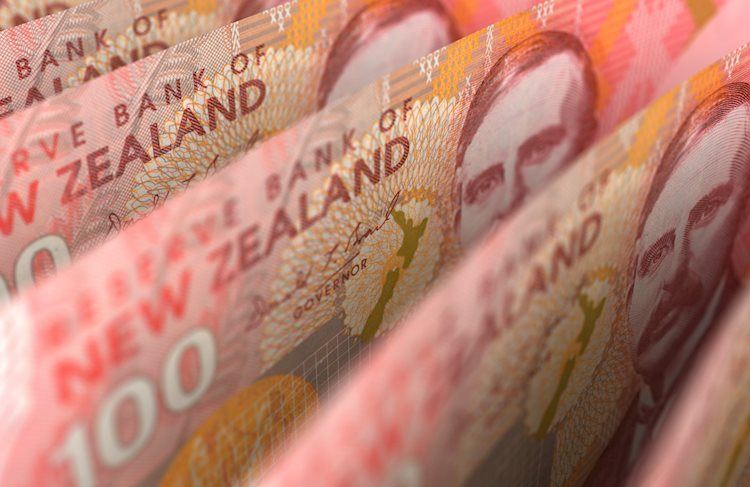In a historic move on March 19th, 2024, the Bank of Japan (BOJ) bid farewell to the world’s only negative interest rate policy. This marked a significant turning point for the Japanese economy, signifying an end to the eight-year experiment with negative rates. For the first time since 2007, the BOJ raised its target interest rate range to 0-0.1%, up from the previous -0.1%.
This decision reflects growing confidence in Japan’s economic outlook. For decades, the country had been grappling with deflation, a persistent decline in prices that discourages spending and investment. The BOJ’s negative rate policy, implemented in 2016, aimed to stimulate borrowing and economic activity. However, with recent signs of inflation returning, the central bank deemed it necessary to normalise monetary policy.
In a move that surprised global markets, the Swiss National Bank (SNB) became the first major central bank among the G10 to initiate an easing cycle on March 21st, 2024. They defied expectations by cutting interest rates by 25 basis points, bringing them down to 1.50%. This marked a historic shift, as it was the first time the SNB had lowered rates in nine years.
The SNB’s decision reflected a change in their monetary policy stance. In its monetary policy statement, they indicated that their efforts to combat inflation over the past few years had been successful.
Now, the SNB forecast predicts annual inflation of 1.4% for 2024, gradually declining to 1.2% in 2025 and 1.1% in 2026. This projection is based on the assumption that the Swiss National Bank (SNB) maintains its policy rate at 1.5% over the entire forecast horizon.
The success in bringing back inflation towards a more reasonable level (around 2%), combined with potential concerns about slowing economic growth, likely influenced the central bank members’ vote to reduce borrowing costs.





